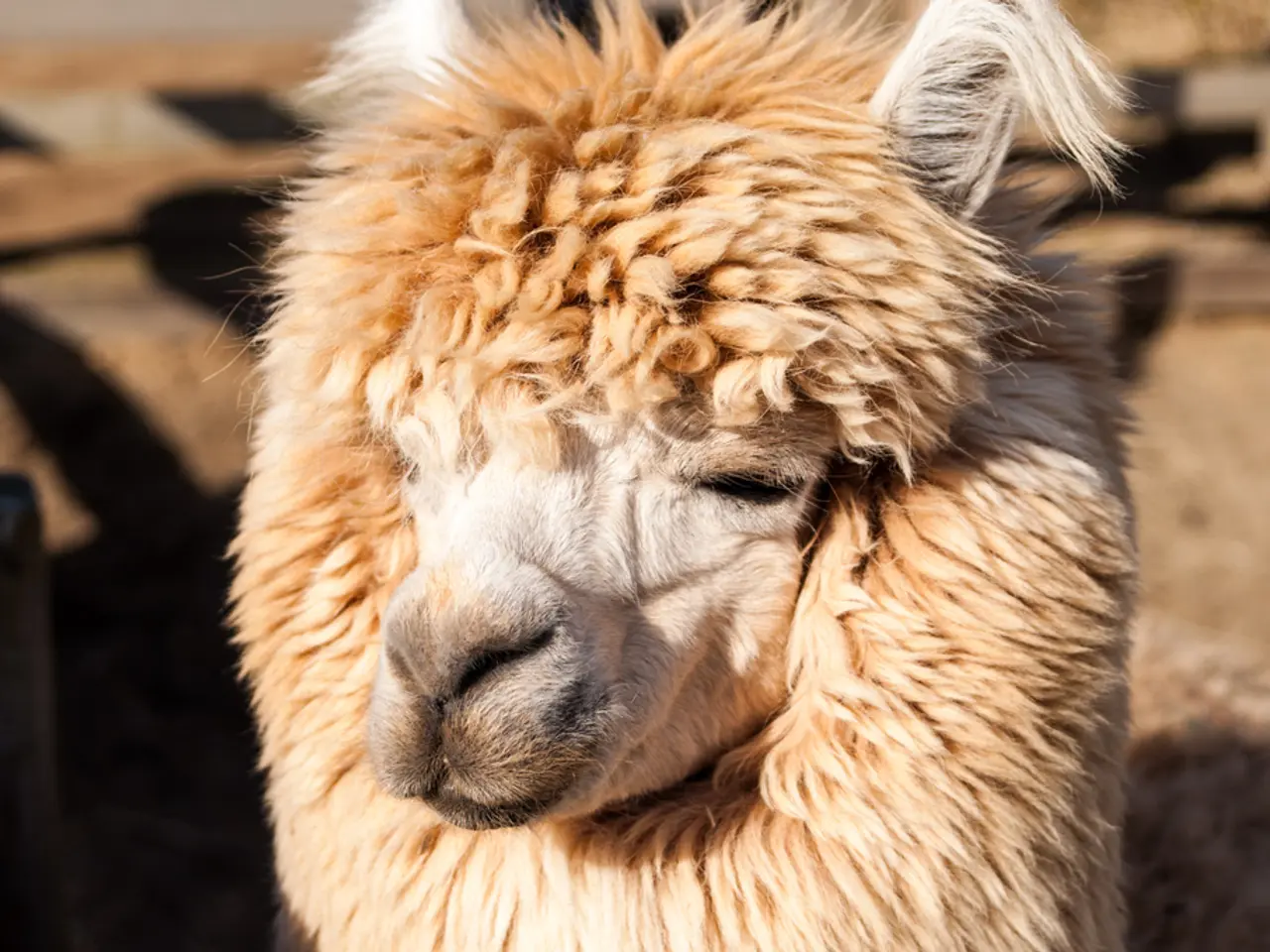Adoreable traits and characteristics of the Shetland Sheepdog highlighted in 32 points
The Shetland Sheepdog, affectionately known as a Shetland Sheepdog or Sheltie, is a popular dog breed in the United States, regularly appearing on the American Kennel Club's list of the top 10 dog breeds between the 1970s and the 1990s.
Originating from the Shetland Islands of Scotland, these dogs were bred to be small and hardy, helping them survive the brutal Scottish winters. They are known for their striking flowing coat, expressive eyes, and moderate shedding.
Shelties are natural communicators with a tendency to bark, making them effective watchdogs. However, training is essential to manage this behavior. They are affectionate yet somewhat reserved with strangers, often showing sensitivity and emotional depth. Their strong herding instincts may lead them to gently herd children or other pets, and they can exhibit chasing behavior due to prey drive if not socialized properly.
Shelties bond closely with their owners, often seeming almost telepathic in their responsiveness. They thrive on companionship and involvement with family activities. Some Shelties may develop separation anxiety if left alone for long periods due to their social nature. While typically lively and intelligent, individual personalities vary; for example, some can be calm and confident with low reactivity to stimuli such as doorbells or strangers.
Shelties require regular exercise, preferring active households where they can participate extensively in daily routines including walks, play, and training sessions. Their intelligence and agility suit them for dog sports, obedience, and trick training, which also provide needed mental stimulation. Because they are quick learners but sensitive to harsh tones, positive reinforcement with patience and consistency is important during training.
Without adequate mental and physical engagement, Shelties may become bored or develop behavioral issues; puzzle feeders and enrichment games are recommended. The breed typically lives 12 to 14 years and is generally hardy, but predisposed to several genetic conditions common in purebreds. Major health concerns include epilepsy, hip dysplasia, hypothyroidism, skin disorders, and specific eye diseases such as collie eye anomaly and progressive retinal atrophy.
Regular grooming is necessary to maintain their long double coat, which sheds heavily especially in spring and fall; without this, matting and skin problems can occur. In summary, Shetland Sheepdogs are intelligent, loyal, and sensitive dogs needing significant mental and physical stimulation, regular grooming, and a nurturing, engaging environment. They suit families or individuals ready to commit to their exercise, socialization, and health care needs. Early training and health screening contribute to a happy, well-adjusted Sheltie companion.
References:
- AKC Shetland Sheepdog Breed Standard
- Shetland Sheepdog Club of America Health & Genetics
- Cesar Millan's Guide to Shetland Sheepdogs
- PetMD Shetland Sheepdog
- ASPCA Shetland Sheepdog
- Shetland Sheepdogs, often called Shelties, have a striking appearance with a flowing coat, expressive eyes, and moderate shedding, making them stand out in the home-and-garden setting.
- While Shetland Sheepdogs are popular pets due to their high intelligence and loyalty, they require regular training to manage their natural tendency to bark and herd animals, including cats and other dogs.
- Shelties need a lot of mental and physical stimulation to prevent boredom; puzzle feeders, enrichment games, and dog sports like obedience and agility are great outlets for this.
- Shelties typically live between 12 to 14 years, but they can be susceptible to several genetic health issues such as epilepsy, hip dysplasia, hypothyroidism, skin disorders, and eye diseases like collie eye anomaly and progressive retinal atrophy.
- To ensure a healthy and well-adjusted Sheltie companion, it's essential to invest in their care, which includes regular grooming to prevent matting and skin problems, and maintaining their active lifestyle through exercise and play.
- During training sessions, positive reinforcement is crucial since they are quick learners but sensitive to harsh tones, ensuring a loving and harmonious bond between Sheltie and owner.




